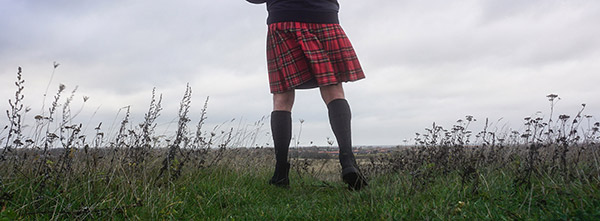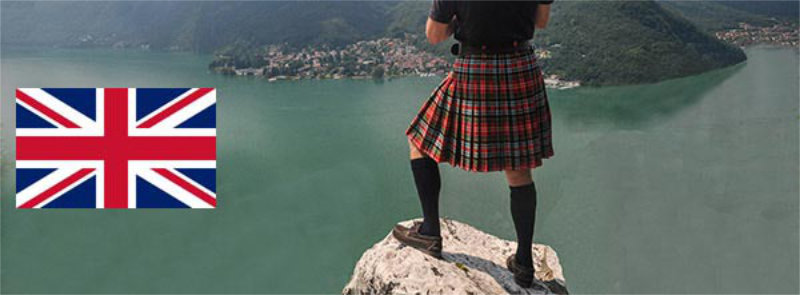
5-yard kilt, sewn in Scotland.
11 oz. PV from Marton Mills.
Thompson Grey tartan.
Which kilt for you
What kilt to buy? Purists will say that no less than a 16 oz. 8-yard wool kilt, sewn by hand by a skilled kiltmaker in Scotland or equivalent places shall do.
But are they right? You may judge for yourself, but do you wear the high waisted trousers with double braiding at sides from your white-tie evening tailcoat when shopping grocery or are driving to the DIY market? Could you think of wearing some cheap jeans, being fine for gardening, with your tuxedo jacket to a wedding? Chances are that you don’t own neither black-tie nor white-tie attire. Do you then need a Bentley of a kilt?
Having only one kilt (until you get some more ones) must be a compromise, a choice, probably depending on opportunities to wear a kilt and the money you can or are willing to spend on it. Too expensive the kilt, the less likely it is that you shall wear it just for when out or about. Also, a luxury kilt is normally heavy, due to the fabric, and due to eight yards of it. This makes it less comfortable AND not suitable at all on a sunny July afternoon visiting Colosseum in Rome.
Too cheap, and you shouldn’t feel at ease at dress-up events like a wedding or an anniversary or at a Scottish gathering.
The all-purpose or universal kilt does not exist; and like in many other respects, good for everyone is good for no one. Each at its own. Your life, your money, not somebody else's.
Which opportunities do you have for wearing a kilt?
Your specific choice of kilt must be a question of situations where you should be able to wear one. Looking at the way men’s garments are often categorized, headings could be casual, smart casual, semi-formal, and formal.
The categories should be self-explanatory, even if a concise definition might be individual. They also vary from country to country, even within Europe.
Looking at the figure, do you miss business-formal and business casual? It is not a failure. Unless you own the company or have a job within kilt business, I consider business-formal as non-relevant. Business-casual/Friday casual is in some cases a possibilty. If so, think a kilt to substitute the jeans you should otherwise have been wearing, not the suit you might be wearing the four outher days of the week to job.
Kilt wearing is for your sparetime.
Formal events (black tie and white tie) are not frequent. They could be weddings, anniversaries, and the like. For many men they are too seldom occurring events for investing in an expensive garment, thus in many cases resulting in hiring rather than buying. This also implies to kilts, of course.And if you, like me and many, many other kilt wearers around the world, have no Scottish roots, it is rather unlikely that you should ever be invited to an event, where formal kilt wear is an option or mandatory.
Semi-formal is where you should else be wearing a suit (two- or three-piece). Examples are eating at high-end restaurants, or visiting opera houses, concert halls, and theatres. They are good opportunities for wearing a kilt but are hardly everyday events.
High potential for wearing a kilt is weekends and holidays, and days where you are working from your home and in the evenings. What you need is a kilt to replace jeans, a kilt to replace shorts, a kilt to replace chinos, rather than kilt outfits to replace evening suits and tuxes etc. In other words, a kilt for casual and smart casual wear.
This isn't a bad thing - for you. Because opportunities to wear a kilt and the price you should pay for it go in quite opposite directions. A suitable kilt for casual and smart casual wear needs not be expensive, but within each category you can find kilts, some being cheaper, others more expensive.
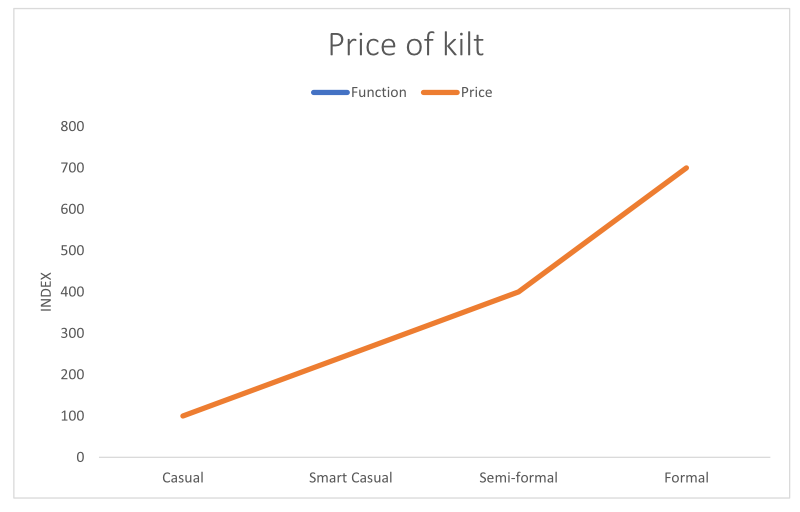
General considerations
Should you strive for the very best – and most expensive - kilt within the four categories?
Start looking at your wardrobe. What should a kilt replace or substitute? It is about you and your money and your possibilities for wearing a kilt. Don’t automatically think that only the most expensive kilt shall do. Are your jeans and chinos all labelled Armani, Hugo Boss and the like, it might be true – if the kilt should substitute them, and not your shorts which might be cheaper non-branded ones.For people seeing you in a kilt, their first thought is not, whether your kilt is cheap or expensive. It is the fact that you are wearing a kilt. Probably it is their only thought.
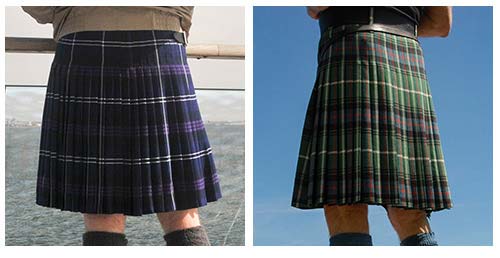
Dress to impress?
No doubt, you know the expression, dress to impress. If that is what you have in mind, better than invest in that extremely expensive kilt think other ways. Only very few connoisseurs, whom you after all shall never meet, shall be able to give you credit for this Rolls Royce of a kilt.Shirts with a logo, Ralph Lauren, Tommy Hilfiger et al, are signalizing something to most people. So do watches like Rolex, Philippe Patek, TAG Heuer, and Omega. Wearing them makes your thrifty kilt look like a million. The world asks to be fooled.
By the way, the newest iPhone makes it only 14 days, then everybody has one.
How should your kilt be made?
A skilled, experienced kiltmaker, doing every single stich by hand, can make a kilt a piece of art. It takes hours and hours and hours. No wonder that such kilt has its price.That said, a skilled, experienced kiltmaker, primarily using the machine can make very, very nice kilts, too.
Even a woman with her skills only coming from making kilts day in, day out, perhaps in a factory in Sialkot, Pakistan, might be able to produce kilts like if by magic, if she was given just a little bit more time than when making the cheapest of kilts. It is called learning by doing.
I have been wearing kilts for over 25 years. Except for arranged get-togethers with other kilt enthusiasts, I think, I might have seen men in kilts less than 20 times and only from a distance, making it not clear, whether the kilt was expensive or less so. Besides, I couldn’t care less. The important thing for me was seeing another man in a kilt.
Are 16 oz. and 8 yards after all preferable over 5 yards or less?
If you want the ‘tank’. Yes. The kilt with the correct swing, as they say. But less will do and might often be better – depending on the context in which you shall wear it. A 16 oz. kilt is fine on a cold day, or at a dress-up event. Formal clothes have never been comfortable, but that is the way it is. When temperature exceeds 5C/41F a 13 oz. kilt feels much more comfortable – to me. At 25C/77F I think an 11 oz. one is better, or even an 8 oz.To my opinion eight yards of fabric around me, even if lightweight, is quite a bit. If I have the choice, I say 5 yards for me; 4 or 3 yards being ok too.
Wool or PV?
Wool, no doubt, is the best-looking fabric. A minus is that a wool kilt cannot be washed, it must be dry-cleaned. It is warmer in the winter – and in the summer - than PV.PV is available in different qualities. Some cheap fabrics peel, others, especially those coming from British mills, like Marton Mills, are fine and make excellent kilts for casual and smart casual wear, and even heavy rain is no problem. They shall get wet but are drying fast without needing much aftercare, if any.
Your kilt should fit its purpose
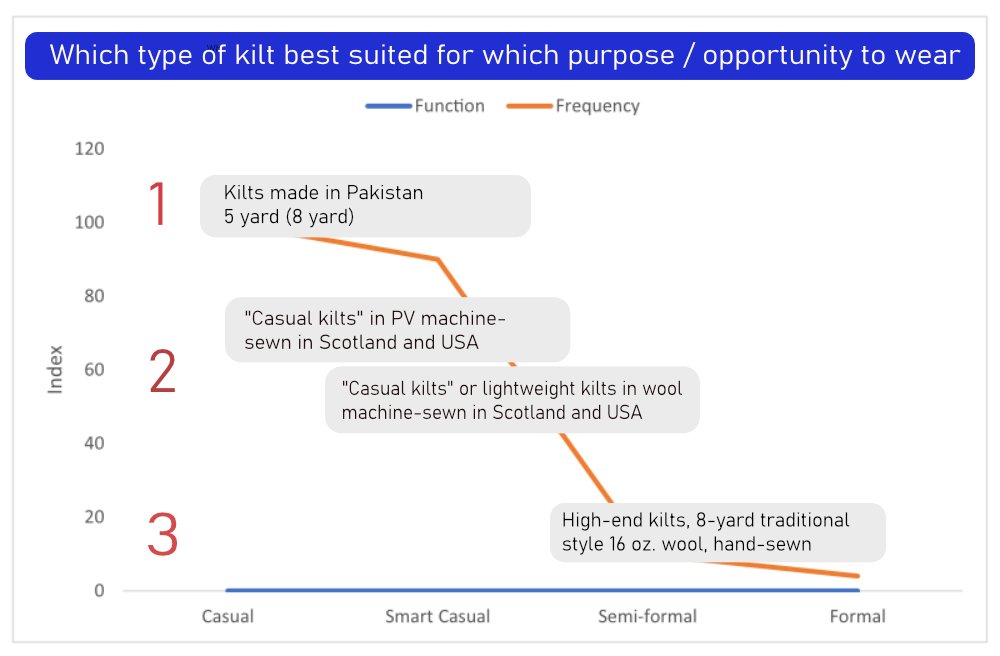
The all-purpose kilt not existing, means that one kilt only must be a compromise and exclude some functions. Now, what is worse; either having to refrain from wearing a kilt at a wedding or when being on holiday in Rome? The wedding is for some hours, Rome perhaps for a week.
It makes sense to start with the categories, where you have the best opportunities to wear a kilt.
Category 1
If, like in my case, your kilt is primarily for casual wear, already a cheap PV/acrylic kilt shall do the job. Some may come from China, but most of them are made in Pakistan.All Pakistani kilts are PV/acrylic, the fabric on some kilts better than on others.
Category 2
A step up the ladder, you can from Scotland and USA have high quality casual kilts made of PV from British mills. Especially here they are superior to Pakistani competition.In this category you also find casual kilts made of wool as well as machine sewn traditional style wool kilts. These are typically 13 oz. 5-yard kilts, but often you can have these kilts in any tartan weight and yardage you wish.
Category 3
Hand sewn high-wnd kilts. Makers of this type of kilts are to find in Scotland, of course, but not only there. Other countries are Austria, Canada, England, France, Germany, and USA.My suggestion for a first kilt should be either a casual kilt or a 5-yard kilt made in Pakistan. But your needs, your money, your choice. Be aware, that by buying a kilt, kind of addiction might have started, so probably you'll not end up with having just one kilt.
Kilts have become more expensive
To take into consideration might be price development. In recent years prices on kilts have gone up and to an extent which is by far exceeding general inflation. It may have started with the Brexit vote back in 2016 and the exchange rate of the British pound against other leading currencies falling significantly. Because soon after, prices on Scottish kilts would go up and, as it seemed, by about the same rate as the Sterling dropped, as would kiltmakers and kilt vendors in Edinburgh and up north in this way try to compensate. Their rationale might have been that, on their probably biggest market, the United States, their kilts should remain about same price. Any other explanation is hard to find, because a weakened pound shouldn’t, at least short term, make kilts, made by skilled Scottish kiltmakers by wool coming from Scottish sheep, this more expensive. In fact, the 20-30% less worth pound should only make imported Pakistani kilts more expensive - in Scotland.Then we had Covid-19 and about two years with less, if any, opportunities to wear a kilt the traditional way - at dress-up events, like weddings, anniversaries, and other gatherings. Whether a good idea or not, kiltmakers might have concluded that what they had lost, could or must be won back - by further increasing their prices. Whatever the reason, it is a fact, that during the last 3-4 years, prices on Scottish kilts have further increased by 35-40%.
But not only Scottish kilts have become more expensive. Pakistani custom-made kilts which just one and a half years ago were to have for less than 50 EUR are often coming closer to 100 EUR. Instead of utilizing the price gap to their advantage, their strategy seems to be just keeping the distance to the Scots. Recently, also American kiltmakers have increased their prices.
To pay on top - for EU-citizens
Taxes and fees are boring to read and talk about. However, those being a function of where you live, compared to where you buy your kilt, or rather, from where it is shipped to you, they are not without importance and should be taken into consideration.My knowledge is limited to trade conditions between EU-countries and between EU and third countries. If not relevant to you, just from here jump to the buying suggestions on the next pages.
Within the European Union
Buying goods online within the European Union is simple. You order something in any of the 27 member countries and you have the goods delivered without any formalities or extra cost, other than shipment – provided the goods are also sent from an EU country. If they are sent to your address directly from say China or Pakistan they are considered coming from 3rd countries.Goods shipped from a non-EU country
All countries outside the Union are considered 3rd countries. When goods are sent from a 3rd country it is a bit more complicated, at least it is more expensive, because a courier company like DHL, FEDEX, GLS or UPS must take care of not just the delivery, but to also do paperwork and charge you for VAT and customs duty, resulting in a customs declaration fee on top.1. Customs duty
Customs duty only applies, when the price of the sent goods are exceeding 150 EUR, or about the equivalent in other European currencies. It means that if the price is 150 EUR and shipment 50 EUR = 200 EUR, there is no customs duty to pay. But if the price is 151 EUR and shipmant 50 EUR = 201 EUR, you'll be charged 12% of 201 EUR, an exception being UK. Due to a free trade agreement between UK and EU, customs duty never applies to goods manufactured in the UK, no matter their price.2. VAT
VAT, Value Added Tax, always applies. Every EU country has its individual VAT rate, going from 16% in Luxembourg to 27% in Hungary. The average is 20.4%.VAT is to pay on price, shipment, and duty customs.
When buying a kilt or accessories from Scotland make sure that the price you pay the seller is without 20% British VAT, in order that you shall not pay VAT twice. On many sellers' websites the price you see, when visiting their sites from an EU country, is automatically shown without VAT, but better check to be sure.
3. Customs declaration fee
You'll have to pay a customs clearance fee to the courier company. It varies with the courier. It can be 20 EUR, equalizing 18 GBP, it can be more or it can be less. The fee is the dark horse in the calculation.
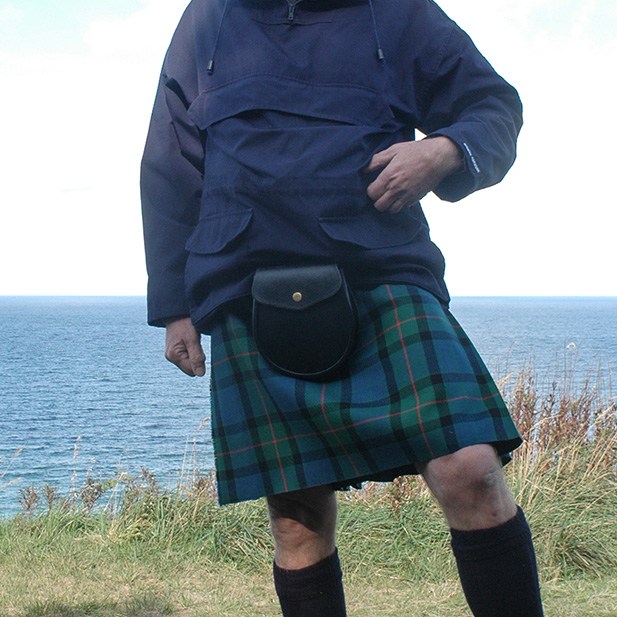
On the next page, you'll find suggestions regarding where to buy which type of kilt.
Page revised 2024, March 27.
Next page
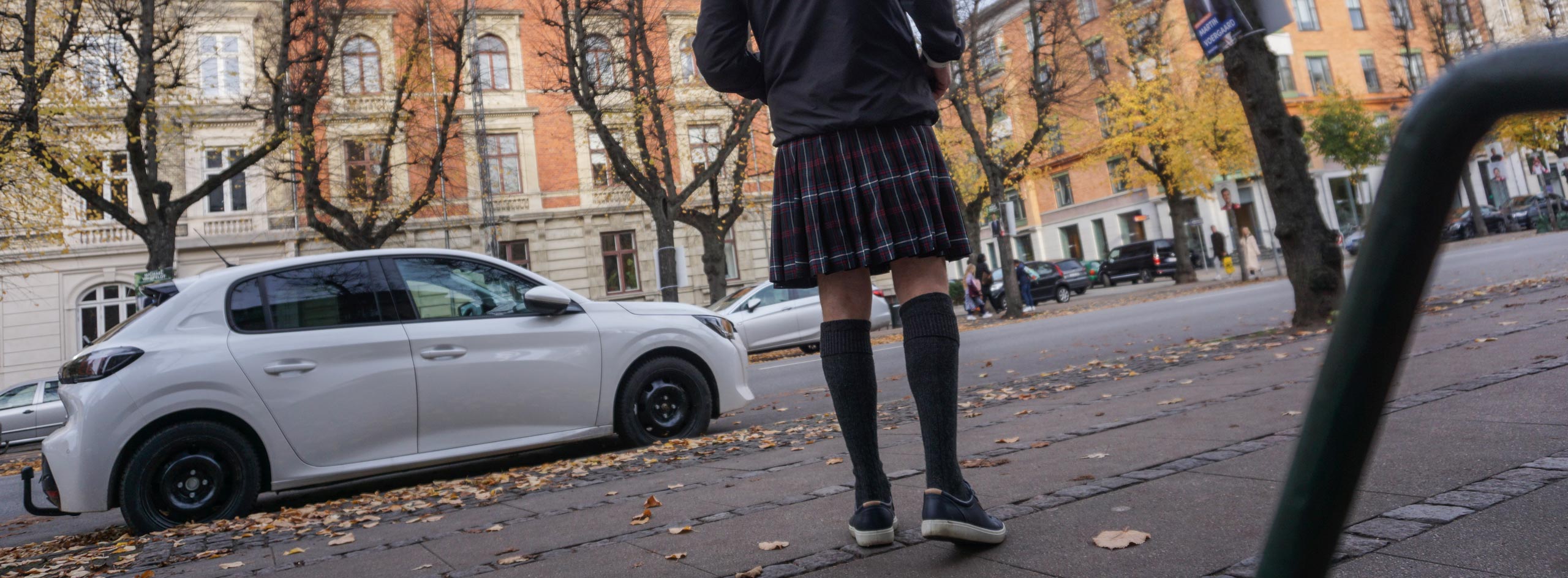
Where to buy a kilt?
There are hundreds of kilt vendors and makers on the internet. And it can be a jungle to find out. Learn where to find good kilts in various price segments.What to find on the Dress2Kilt site?
Every man can wear a kilt, anywhere, anytime

How about a kilt?
Every man can wear a kilt - no need to be Scottish. Whenever YOU feel like it, and appropriate, replace your jeans or shorts by a kilt. Learn about how to take the step. .
Men in kilts - Q & A
Who will wear a kilt? Why wear a kilt? Where and when? What shall other people say? Is it true? Get the answers to these and many other questions.
Webmaster's kilt story
Learn about the webmaster and his over 25 years as a regular kilt wearer. Why did he start? And how about acceptance from his wife, family, friends?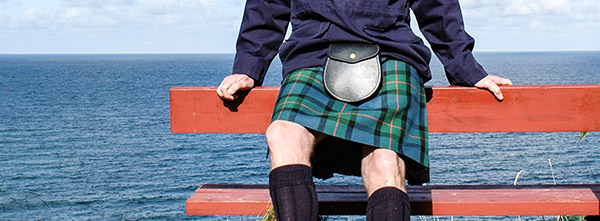
You in a kilt
If you should like to wear kilts, why then not just order a kilt, and start wearing it in pubic? Learn how to handle surroundings and mindset yourself.
The kilt - is it a skirt?
Never call a kilt a skirt when talking to a Scotsman. But is it? Well, but what difference does it make? Learn about what it takes a skirt to become a kilt.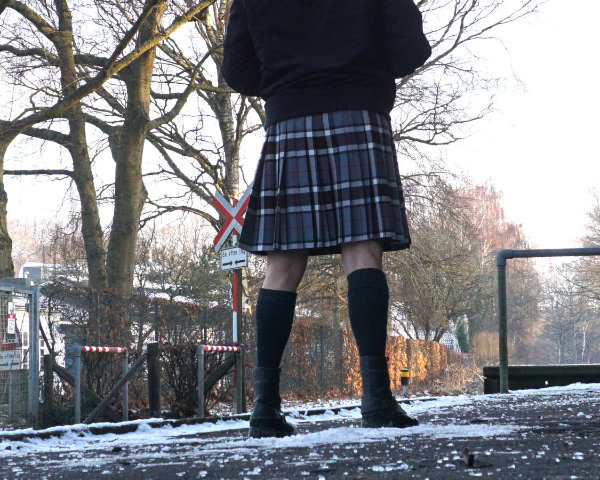
Which kilt for you?
The all-purpose kilt does not exist. Which kilt shall best fit your needs? You may be surprised that it might be quite a lot cheaper than you had feared.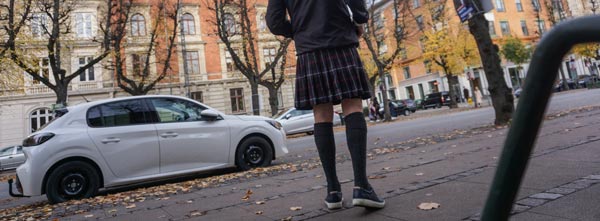
Where to buy a kilt?
There are hundreds of kilt vendors and makers on the internet. And it can be a jungle to find out. Learn where to find good kilts in various price segments.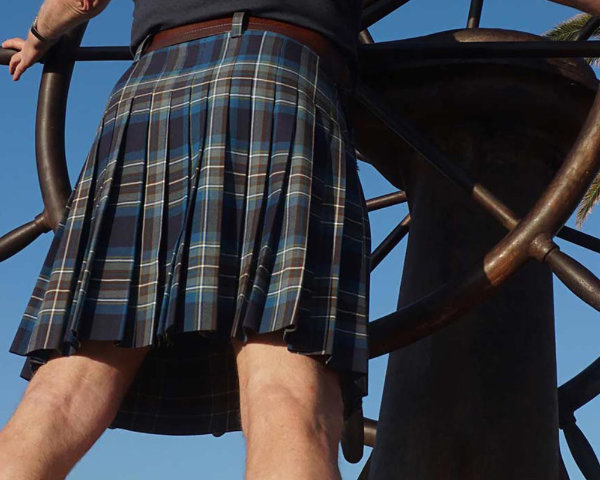
Get the measures right
Probably you shall buy your first kilt online and have it made to your measures. Find out how to get the measures right. It is easier than you think.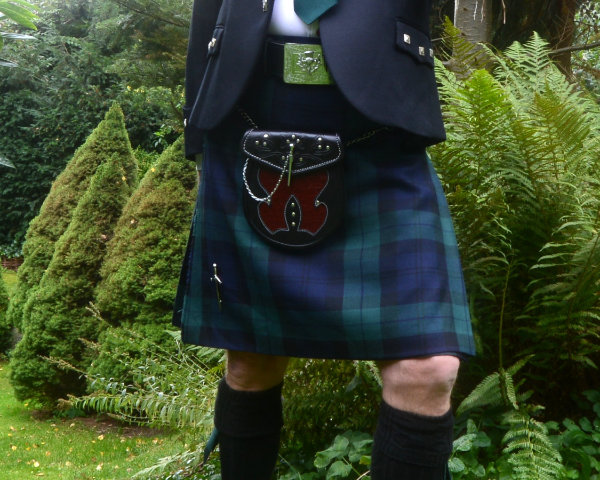
Kilt accessories
Which accessories should you buy for your kilt and which to avoid. Don't get ripped off on things you don't need. For casual wear they must not be expensive.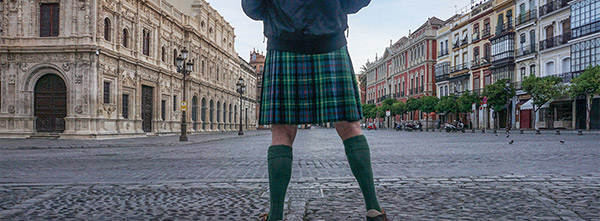
Kilt on!
You have just received your first kilt and some accessories. Learn how to handle all the unfamiliar things.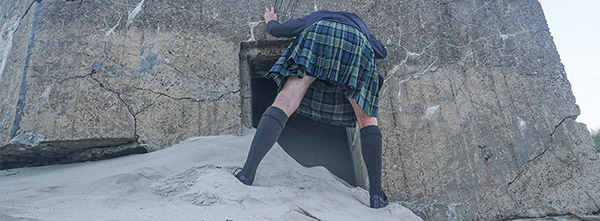
To mind when in a kilt
When in a kilt how about staircases, sitting and sitting down, wind, and people eager to see what you are wearing under it? Learn how to deal with it.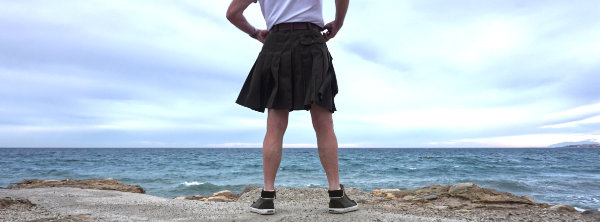
Utility kilts
A utility kilt can make an excellent alternative or a valuable addition to the traditional kilt. What should you know about utility kilts?
Other kilt variants
Kilts can be solid coloured. Also, instead of wool or PV, the fabric can be tweed. Or how about a kilt in a nice camouflage pattern, or denim, or leather?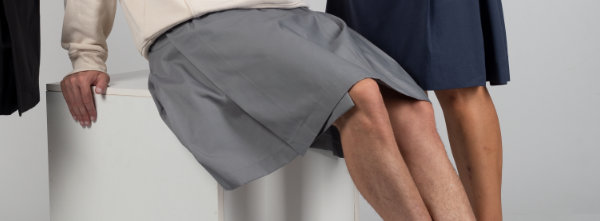
Skirts
Could you as a man wear a skirt? Under circumstances you can. Dedicated man-skirts are on the market, or you can have a skirt designed and made for you.
Kilt 24/7/365
Let’s be realistic; most likely, you cannot wear a kilt or a skirt 24/7/365, even if you should want to. But many days a year you can. Learn more about it.Galleries
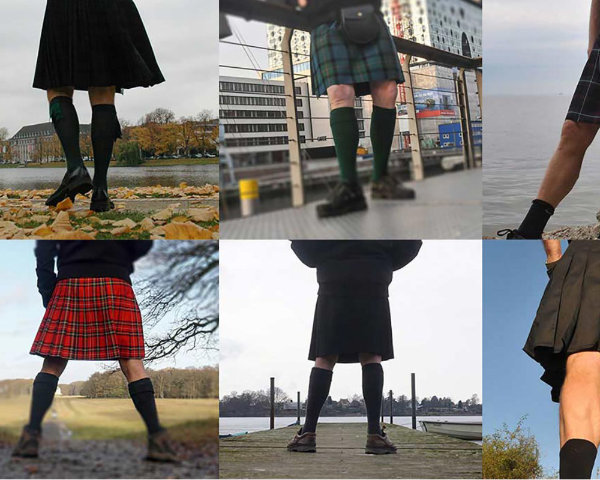
Introduction
The gallery section - structure,objective, and techique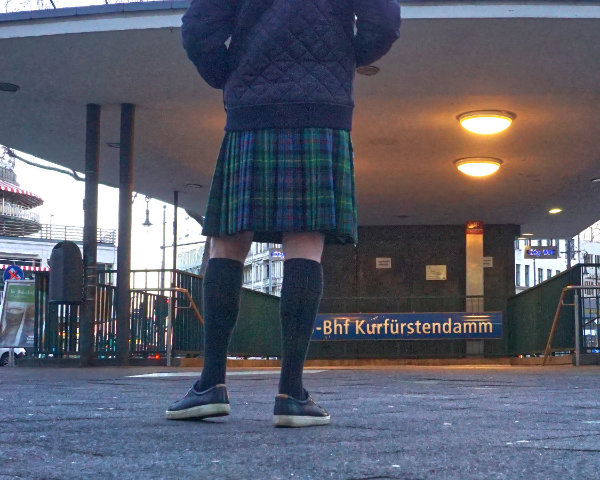
Tartan kilts
Traditional style. 35 pages with kilts in 35 different tartans.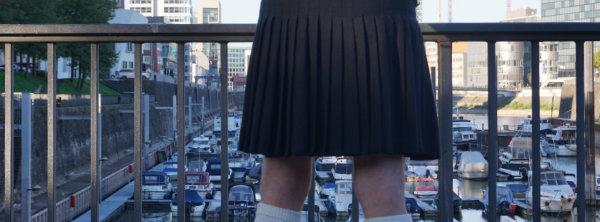
Solid kilts
Traditional style.Kilts in black, forest green, and light green. 3 pages.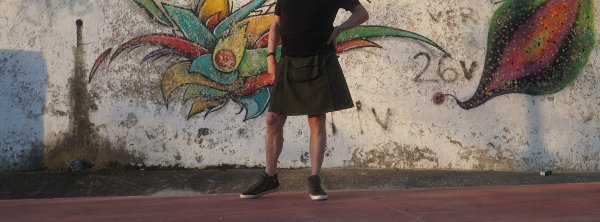
Utility kilts
Eight pages showing eight different utility kilts.
Skirts
Two pages featuring man skirts.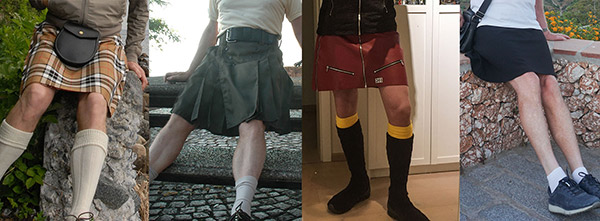
The Braveheart Way
A mix of manly skirted garments.Links

Links #1
Vendors of kilts and accessories, tartan mills, and tartan finders. The most comprehensive links page for kilts on the internet.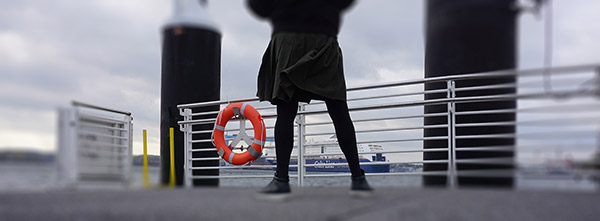
Links #2
Vendors of utility kilts, sarongs, man skirts, unisex skirts, and other skirted garments.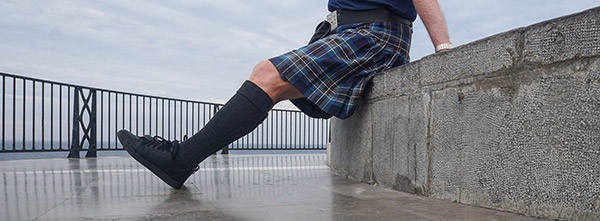
Links #3
Kilt and skirt forums, non-commercial home pages, blogs, picture galleries, videos, articles, men in kilts and skirts on stage and on the catwalk.What's new and back to start - choose your language
